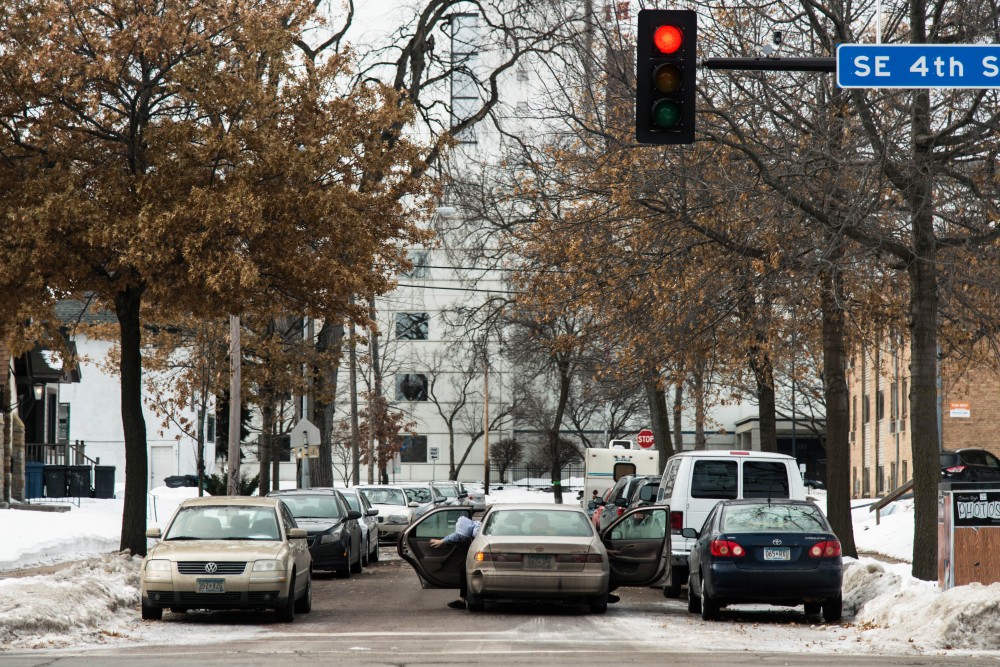Rising home values in neighborhoods around the University of Minnesota have prompted concerns from residents and local officials.
The average estimated market value of single-family homes in Marcy-Holmes, Southeast Como, Prospect Park and Cedar-Riverside neighborhoods rose between 7 and 11 percent since last year — similar to a citywide average of just over 10 percent. While these increases aren’t unique to areas near campus, they can drive up housing prices and create difficulty for first-time buyers.
Over the past year, market value increases for single-family homes in neighborhoods near the University varied:
- Southeast Como homes increased an average of 11.1 percent
- Prospect Park homes increased an average of 9.4 percent
- Marcy-Holmes homes increased an average of 7.8 percent
- Cedar-Riverside homes increased an average of 7.1 percent
Ward 2 Minneapolis City Council member Cam Gordon said some of his constituents expressed concern when they received an estimated value from the Minneapolis Assessor’s Office this year.
“Most people I heard from were concerned about how fast it’s going up and how that could affect their property taxes,” he said.
While an increased estimated market value doesn’t necessarily mean an increase in property taxes, Gordon said he is more concerned with how the values will affect his ward’s diversity.
Rising costs can also impact neighborhoods where a majority of residents are renters. Since 2017, the average estimated market value of single-family homes in Southeast Como rose from $200,989 to $223,722.
Karl Smith, president of the Southeast Como Improvement Association, said landlords and developers may increase rent to keep up with neighborhood prices and rising property values.
“Without [raising rents], I don’t know how these companies would continue to make a profit,” Smith said.
Gordon said the high property values create a “seller’s market,” meaning homes often sell within weeks to months of being on the market and for more than the asking price. The average time on the market for a home in Ward 2 in 2015 was 32 days, he said, while the current average is just 13 days.
This market means potential homebuyers may have to place several offers before they can find a home, and those who cannot pay more than the asking price are sometimes unable to live in the neighborhood, Gordon said.
“You hear stories of places like San Francisco and other cities that have slowly become cities for the rich and wealthy, and I don’t think that’s what people want in Minneapolis,” he said.
John Kari, a board member of the Prospect Park Association and vice chair of its land use committee, said while the neighborhood welcomes young home buyers, homes are likely too expensive for them.
In the past year, the average estimated market value for single-family homes in Prospect Park rose from $336,671 to $370,392. Kari said the neighborhood lacks the vacant lots needed to build more single-family homes, and developers are looking to high-density rental housing to attract young professionals and students.
“Being a first-time home buyer in Prospect Park is really difficult. If you understand affordable as under $250,000, there aren’t many available,” Kari said. “And I don’t think we’re going to build any more single-family homes. If somebody’s going to build something, it’s going to be higher density.”








